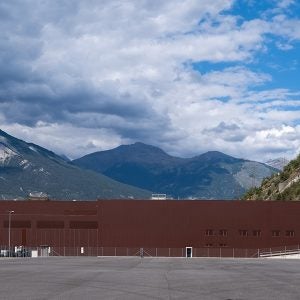THE ONGOING DROUGHT, which has depleted hydro reservoirs and power industry reforms, is being blamed for the current shortage of power experienced by New Zealanders.
Critics of energy reforms say a flawed market system is running into its first real challenge – and failing badly. The low reservoirs mean less power is being generated, so prices on the wholesale spot electricity market are extremely high. Retail companies buying power on this market are wary of passing on the high prices to customers and losing money in retail supply.
Major players in the New Zealand electricity business are state-owned enterprises, including Genesis, Meridian and Mighty River Power, who supply more than half of all New Zealand’s electricity customers and generate 63% of power.
Contact Energy, a private sector utility listed on the stock exchange, boasts 22% of customers and generates a quarter of New Zealand’s power. However, small private retailers are now leaving the industry claiming the power business is slowly being re-nationalised, with the odds stacked in favour of government-owned companies.
The ongoing drought has forced the closure of three hydro plants on the west coast. The Waihapo, Dillmans-Duffers-Kumara and the Arnold dams provide the region with 87GWh of electricity per year, or 55% of its needs. Trustpower, which owns the hydro plants, said there was no alternative but to close the facilities as only 3mm of rain had fallen in the area so far in August. Storage levels were so low that turbines risked being clogged with mud. In the meantime water levels in Lake Taupo were only 15cm above the minimum level to supply the hydro stations. The eight Waikato river dams which rely on Taupo water normally supply 12-13% of the nation’s electricity in winter. Mighty River Power, which owns the dams, was only able to supply 8-9% of the country’s needs because of one of the driest periods on record. The utility said that little rain has fallen since May 2001.
The water levels in the country’s other main hydro lakes are reported to still be falling. Their generating capacity in August was about 50% of the average for the time of year.
• For further information on the Australasian power market, don’t miss the October 2001 issue of IWP&DC. It will feature a planned scheme to use Tasmania’s hydro resources to benefit the state and the rest of Australia. Named Basslink, the project will use excess capacity of a Tasmanian utility to meet rising energy needs in Australia.






